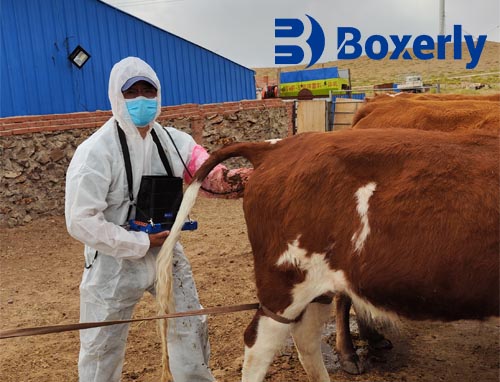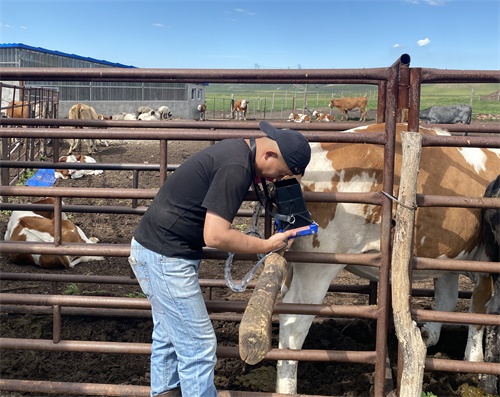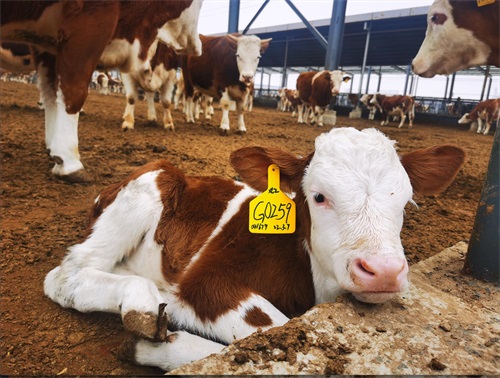Uterine infections are a hidden problem on many farms. They often show up after calving, when the cow’s reproductive system is under stress. Farmers may not notice the early warning signs, yet these infections can hurt fertility, delay breeding, and lower milk output. So the question is: how do you spot them before they cause major losses?
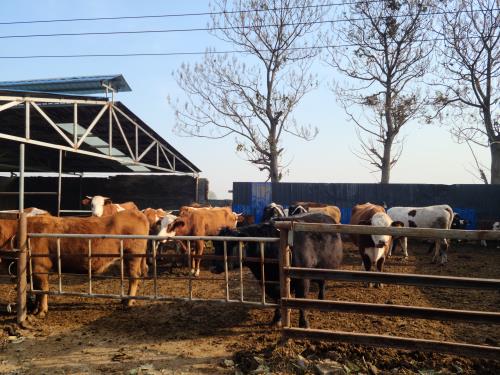
Why Early Detection Matters
If a cow develops metritis or endometritis, the consequences can stretch far beyond one season. A delay in getting pregnant means more open days, fewer calves born, and wasted feed costs on cows that are not producing at their peak. In many herds, just one month of extended calving intervals can affect the entire year’s profits. That’s why catching infections early is not only a health matter but also an economic priority for farmers.
Common Warning Signs Farmers Can Observe
Some indicators are visible if you know what to look for. Foul-smelling discharge, slow return to heat, reduced appetite, or a general “off” appearance are all signs worth checking. But the tricky part is that not every cow shows clear symptoms. A farmer may think a cow is recovering fine after calving, while infection is quietly building inside the uterus. That’s why observation alone is not enough for reliable detection.
Veterinary Tools for Diagnosis
Modern veterinary practices give farmers better ways to identify problems. Rectal palpation has been used for decades, but it can miss subtle infections. Blood tests for inflammation markers are helpful but not always practical on the farm. The most reliable method is ultrasound scanning. It shows the uterus in detail, letting vets see fluid buildup, tissue changes, or delayed healing. This makes it possible to start treatment before the infection worsens.
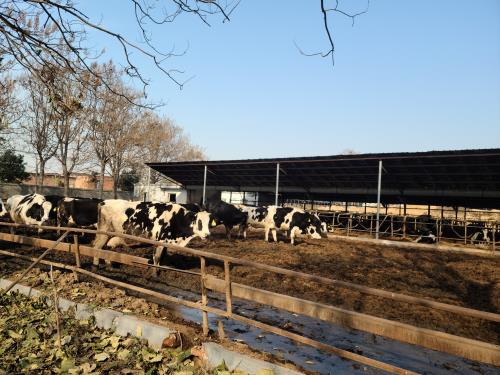
How Farmers Benefit from Early Veterinary Checks
Scheduling regular checks in the weeks after calving pays off. Even if only a small percentage of cows are infected, treating them promptly keeps the herd more fertile overall. It also reduces the number of repeat breedings, lowers veterinary costs in the long run, and improves milk yield by keeping cows healthier. Many farmers find that investing in routine reproductive health programs saves money compared to dealing with chronic infertility later.
Practical Farm Strategies
Farmers can take simple steps to support early detection:
Keep records of calving dates and recovery progress.
Work with a vet to schedule post-calving checks, ideally around 20–30 days after birth.
Train staff to notice changes in cow behavior or appetite.
Maintain hygiene during calving to reduce the risk of infection in the first place.
By combining careful observation with veterinary tools, farms can greatly reduce the impact of uterine infections. Healthy cows mean steady milk flow, fewer fertility issues, and stronger herd performance over time.
Comparing Methods to Detect Uterine Infections
| Method | Accuracy | Cost | Practicality on Farm | Best Use Case |
|---|---|---|---|---|
| Observation only | Low | None | Easy but unreliable | Early hints |
| Rectal palpation | Medium | Low | Requires vet skill | General check |
| Blood tests | Medium | Moderate | Not always practical | Research herds |
| Ultrasound scanning | High | Moderate | Widely used by vets | Early, clear diagnosis |
link: https://www.bxlimage.com/nw/1298.html
tags: uterine infections in cows cow reproductive health dairy cow fertility early detection in cattle postpartum cow care farm veterinary practices ultrasound diagnosis cows
